A manual transfer switch is a device enabling seamless power source switching during outages. Installation costs range from $400 to $1,300, depending on complexity and components.
1.1 What is a Manual Transfer Switch?
A manual transfer switch (MTS) is a device that enables the safe switching of power sources, such as from utility power to a generator, during outages. It connects the generator to the electrical panel and allows manual operation to ensure a reliable power supply. The installation involves wiring and setup, with costs typically ranging from $400 to $1,300, depending on the switch’s size and complexity.
1;2 Importance of Manual Transfer Switches for Backup Power
A manual transfer switch is essential for ensuring a safe and reliable connection to backup power sources, such as generators, during outages. It prevents dangerous backfeeding into utility lines and protects equipment from voltage fluctuations. By enabling manual operation, it provides a straightforward solution to restore power quickly, making it a critical component for homes and businesses relying on backup systems for uninterrupted operations.
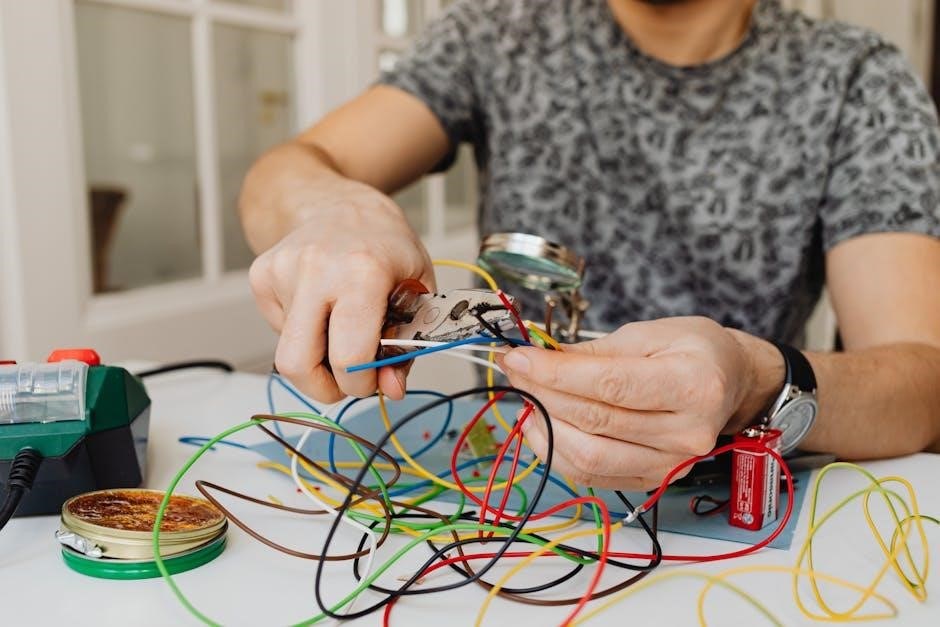

Installing a manual transfer switch typically costs between $400 and $1,300, depending on system size and complexity.
2.1 Average Cost Range for Installation
The average cost to install a manual transfer switch ranges from $400 to $1,300, covering the switch, wiring, and labor. This range varies based on system size and complexity, with smaller installations on the lower end and larger, more intricate setups costing more. Factors like additional materials and local labor rates also influence the final price, ensuring a safe and reliable backup power solution for homes and businesses;
2.2 Factors Influencing the Cost
The cost to install a manual transfer switch is influenced by the size and type of the switch, wiring complexity, and labor rates. Larger systems with more circuits or higher power requirements cost more. Additional materials, such as longer wiring runs or specialized connectors, also increase expenses. Labor costs vary by location and electrician expertise, while local regulations may require permits or inspections, further affecting the total price.

Components of a Manual Transfer Switch System
The system includes a manual transfer switch, wiring, conduit, and an inlet box. These components ensure safe and efficient power transfer from the generator to the electrical panel;
3.1 The Switch Itself
The manual transfer switch is the core component, typically costing $250-$300. It allows manual switching between grid and generator power, ensuring safe and efficient energy transfer. The switch is prewired with labeled wires and flexible conduit for ease of installation. Its design supports 8-12 circuits, making it suitable for various backup power needs during outages.
3.2 Required Wiring and Connections
Proper wiring and connections are essential for safe and efficient power transfer. The switch requires a compatible plug, costing around $70, and correct wiring to ensure seamless energy flow. Turning off all panel breakers before installation is crucial to avoid hazards. The wiring must align with the switch’s capacity and the generator’s output, ensuring reliability during outages. Professional installation is recommended to handle complex connections accurately.
3.3 Additional Materials Needed
Additional materials include a prewired switch with 59 inches of cable, 12 inches of flexible conduit, and labeled wires for easy installation. A plug, costing around $70, is required for generator connection. Ensure all components are UL-listed for safety compliance. These materials simplify the process and ensure reliable power transfer during outages.
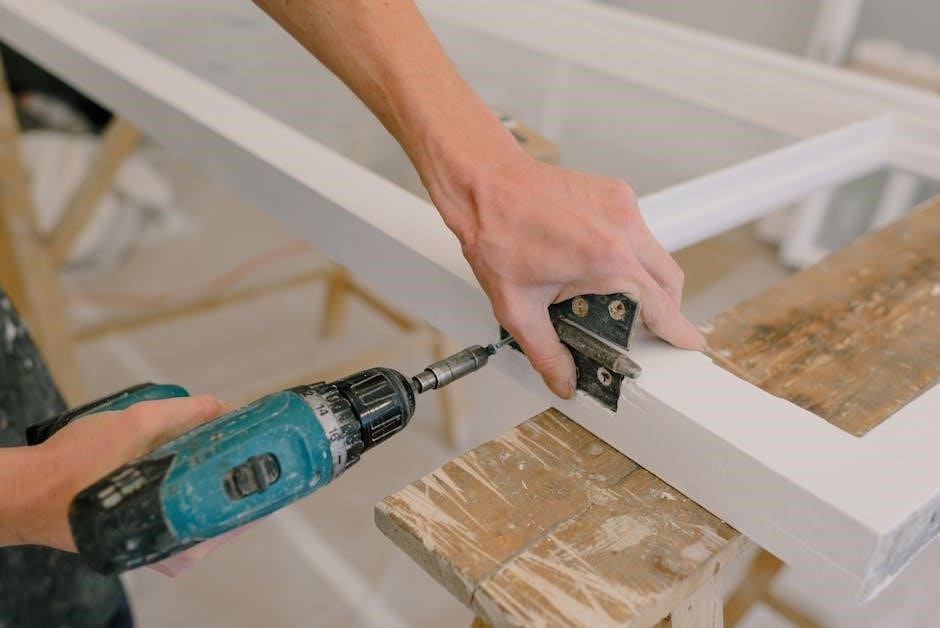
Labor Costs for Installation
Labor costs for installing a manual transfer switch average $1,450, covering materials and professional installation by a licensed electrician. This ensures safety and compliance with regulations.
4.1 Hiring a Licensed Electrician
Hiring a licensed electrician ensures safe and code-compliant installation of your manual transfer switch. Labor costs typically range from $400 to $1,300, depending on complexity. Professionals handle wiring, connections, and ensure seamless integration with your electrical system. Their expertise minimizes risks and guarantees reliability during power outages. DIY installations are risky and may violate safety standards, making professional installation highly recommended for optimal performance and long-term durability.
4.2 Time and Complexity of Installation
Installation time for a manual transfer switch typically ranges from 2 to 8 hours, depending on system complexity. Factors like the number of circuits, panel type, and existing infrastructure influence the duration. A licensed electrician will assess the setup to determine the required time and steps. Complex installations, such as retrofits or multiple circuit transfers, may take longer. Permits and inspections can also extend the timeline, ensuring compliance with local electrical codes.
4.3 Why Professional Installation is Recommended
Professional installation of a manual transfer switch is highly recommended due to the complexity and safety risks involved. Licensed electricians ensure compliance with local electrical codes, proper wiring, and safe connections. They handle permits, inspections, and potential issues like outdated panels or insufficient infrastructure. DIY attempts can lead to hazards, legal violations, or system malfunctions. The expertise of a professional guarantees reliability and safety, making it a worthwhile investment despite the higher upfront cost.
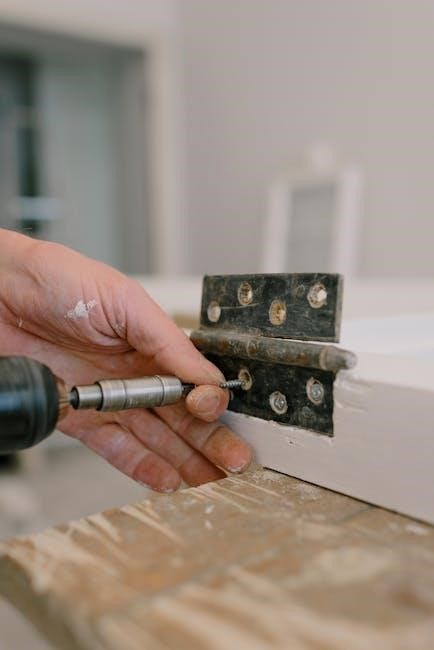
Permits and Inspections
Installing a manual transfer switch requires permits and inspections, with costs varying by location and system size. Hiring a licensed electrician often includes these fees, ensuring compliance and safety.
5.1 Local Regulations and Requirements
Installing a manual transfer switch requires adherence to local electrical codes and regulations. Permits are typically needed, and inspections must be conducted by certified officials. Costs for permits vary by location, ranging from $50 to $500, depending on the system’s complexity and local fees. Hiring a licensed electrician ensures compliance with safety standards and building codes, as they are familiar with regional requirements and can navigate the permitting process efficiently.
5.2 Inspection Process and Costs
The inspection process ensures compliance with safety and electrical codes. Inspection costs typically range from $75 to $300, depending on location and system complexity. A licensed electrician can help navigate the process, as they understand local codes. Failed inspections may require additional work, increasing costs. Factors influencing inspection fees include the system’s size, complexity, and whether it’s for residential or commercial use. Some areas charge hourly rates, while others offer flat fees.
DIY vs. Professional Installation
DIY installation can be cost-effective for simple setups but may lack safety and compliance guarantees. Hiring a professional ensures proper installation, safety, and adherence to local codes.
6.1 Pros and Cons of DIY Installation
DIY installation can save costs but requires electrical knowledge and permits. It offers flexibility but poses risks like safety hazards and potential code violations. Proper tools and experience are essential for a successful setup. Mistakes can lead to dangerous conditions, emphasizing the need for caution and adherence to local regulations. While it may seem cost-effective, DIY installation demands careful planning and expertise to ensure reliability and safety.
6.2 Benefits of Professional Installation
Professional installation ensures safety, compliance, and reliability. Licensed electricians handle complex wiring, permitting, and inspections, guaranteeing adherence to local codes. Their expertise minimizes risks of electrical hazards and ensures proper system functionality. Additionally, professionals provide warranties and support, offering peace of mind. While the initial cost may be higher, the long-term benefits of a correctly installed manual transfer switch far outweigh the risks of DIY mistakes.
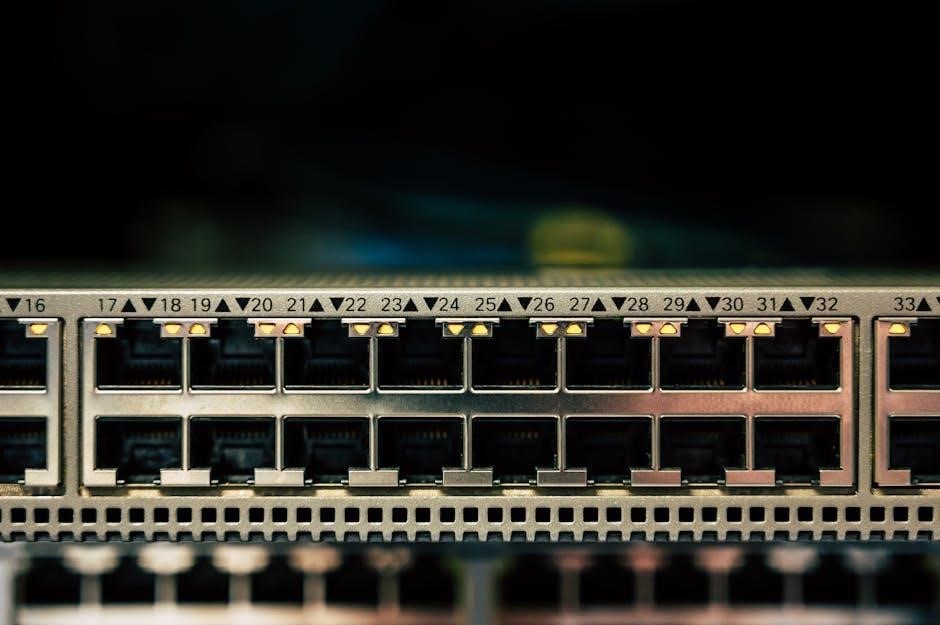
Tips for Reducing Installation Costs
Compare prices for switches and labor, time installations during off-peak seasons, and choose the right-sized switch for your needs to minimize expenses effectively.
7.1 Choosing the Right Switch for Your Needs
Selecting the appropriate manual transfer switch is crucial to ensure reliability and cost-efficiency. Consider the power requirements of your home and the number of circuits you need to support. A switch priced between $250 and $300 typically suffices for most residential setups. Avoid oversizing, as it can increase costs unnecessarily. Ensure the switch is compatible with your generator’s power rating to maintain safety and performance. Proper sizing prevents potential overload risks and ensures optimal functionality during outages.
7.2 Shopping for Materials and Labor
When shopping for materials and labor, compare prices from multiple suppliers and electricians. A manual transfer switch typically costs $250–$300, with an additional $70 for a plug. Labor costs vary based on location and complexity, ranging from $400 to $1,300. Obtain detailed quotes from licensed electricians to ensure transparency. Timing your purchase during sales or off-peak seasons can help reduce costs. Always prioritize quality and safety over cheaper options.
7.3 Timing Your Installation
Timing your installation strategically can help reduce costs. Avoid peak demand periods, such as hurricane season, when prices for materials and labor may surge. Schedule installations during off-peak seasons when electricians may offer discounted rates. Additionally, plan ahead to allow time for ordering materials, ensuring they arrive before the installation begins. This foresight can prevent delays and help you negotiate better rates with contractors.
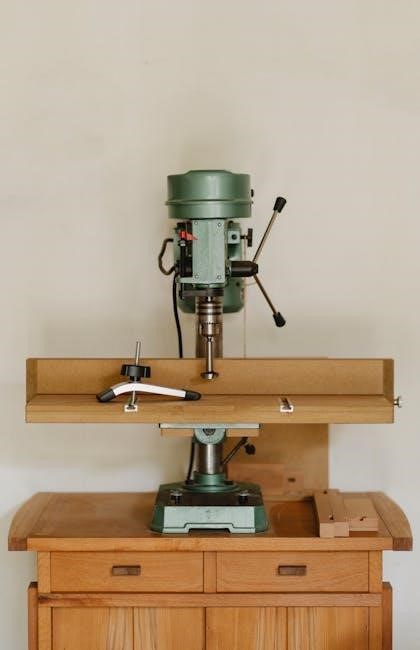
Maintenance and Upkeep
Regular inspections and part replacements ensure optimal performance. Annual checks and timely repairs prevent failures, maintaining reliability and safety over time.
8.1 Regular Maintenance Requirements
Regular maintenance ensures the manual transfer switch operates reliably. Inspect connections, clean contacts, and test the switch annually. Lubricate moving parts if necessary. Replace worn components promptly to prevent electrical issues. Ensure all circuits are properly labeled and functioning. Regular checks help maintain safety and efficiency, preventing potential failures during power outages. Professional inspections every 5 years are recommended for optimal performance and longevity of the system.
8.2 Cost of Maintenance Over Time
The cost of maintaining a manual transfer switch is minimal but essential for reliability. Annual inspections and cleaning typically cost $50 to $100. Replacing worn parts, like contacts or switches, can range from $20 to $100. Professional inspections every 5 years may add $150 to $300. Over 10 years, total maintenance costs average $500 to $1,000, ensuring long-term efficiency and safety. Regular upkeep prevents costly repairs and ensures consistent performance during power outages.
A manual transfer switch installation typically costs $400 to $1,300, offering a reliable and safe solution for backup power during outages.
9.1 Summary of Key Points
The cost to install a manual transfer switch typically ranges from $400 to $1,300, depending on the switch type, wiring complexity, and labor costs; Factors include the switch’s capacity, installation location, and local electrical codes. Hiring a licensed electrician is recommended for safety and compliance; While DIY options exist, they require expertise to avoid hazards. Professional installation ensures reliability and adherence to regulations, making it a worthwhile investment for backup power solutions.
9.2 Final Considerations for Installation
Installing a manual transfer switch requires careful planning and adherence to local electrical codes. The average cost ranges from $400 to $1,300, depending on the switch type and complexity. Hiring a licensed electrician ensures safety and compliance. Always obtain necessary permits and inspections to avoid legal issues. Proper installation guarantees reliable backup power during outages, making it a critical investment for home safety and convenience. Plan ahead to minimize costs and ensure a smooth process.
